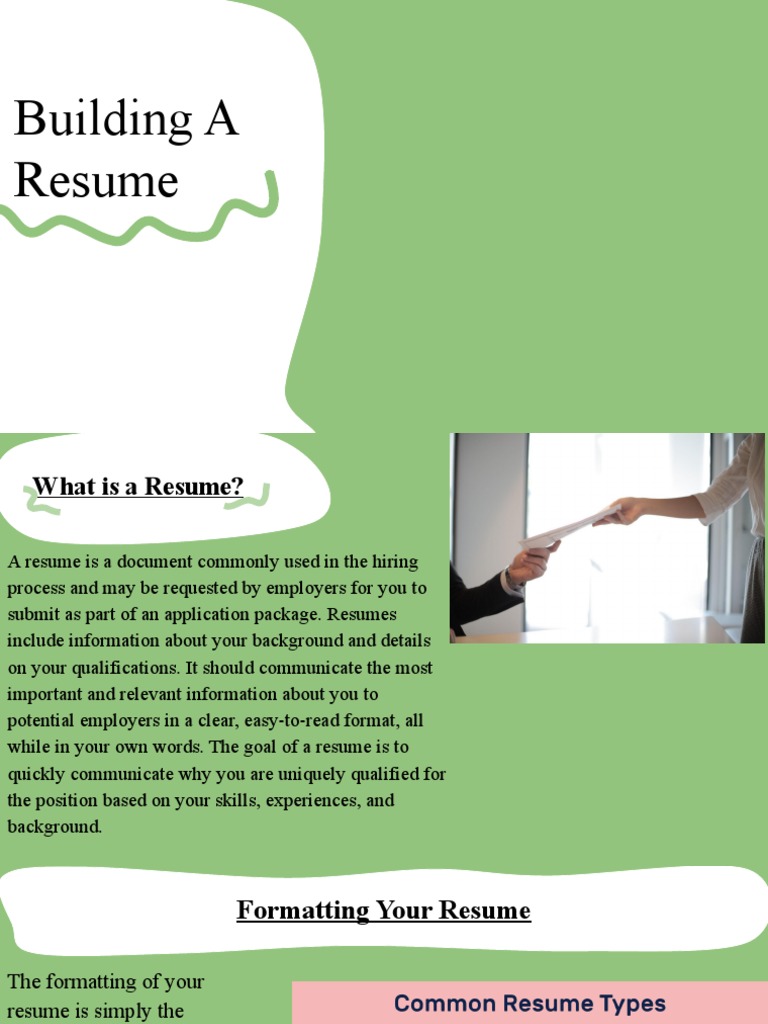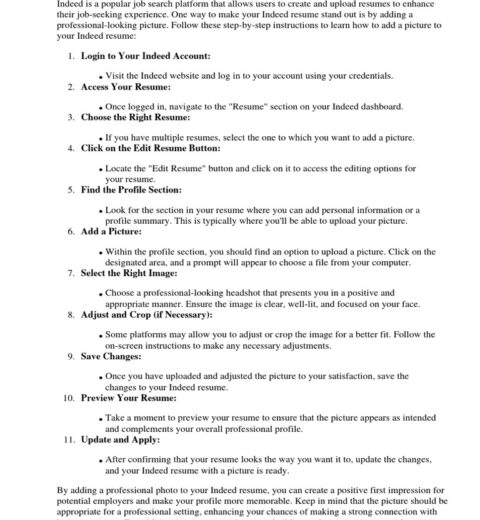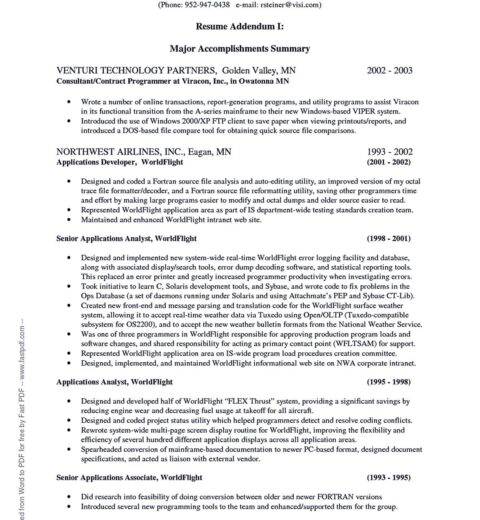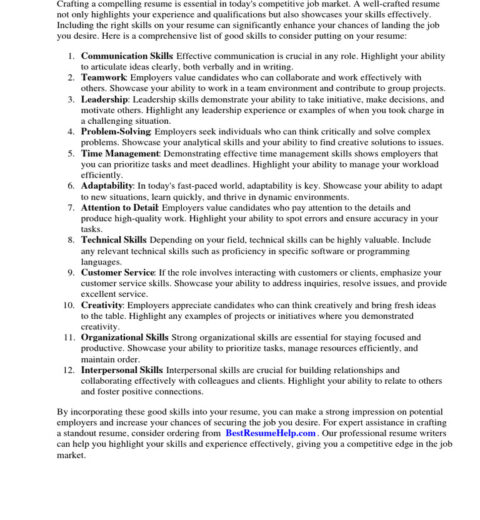Have you ever found yourself staring blankly at a blank screen, struggling to articulate your professional journey? This is a daunting challenge many encounter when attempting to construct a resume from scratch. The task may feel overwhelming, but fear not. With the right guidance, crafting a resume that stands out is not only possible, but it can also be a rewarding endeavor.
To begin with, it’s imperative to understand the purpose of a resume. A resume serves as a marketing tool for yourself as a prospective employee. It provides a succinct overview of your skills, experience, and education, aimed at convincing potential employers that you are worthy of a personal interview. Thus, the stakes are high, as your resume could be the determining factor between landing a job or being overlooked.
The first step in creating an effective resume is to choose the appropriate format. Each format caters to different career stages and objectives. The most common formats include chronological, functional, and combination.
The chronological format is ideal for individuals with a solid employment history in a consistent career path. It lists experiences in reverse chronological order, highlighting the most recent positions. On the other hand, the functional format focuses on skills and competencies. This format is particularly beneficial for those with gaps in their employment history, or for those who are transitioning to a new career. Finally, the combination format allows for the best of both worlds, merging both skills and chronological experience, thereby catering to a wider audience.
Once you have selected a format, it’s time to collect information that will populate your resume. Start by listing your contact details prominently at the top of the page. This includes your name, phone number, email address, and LinkedIn profile, if applicable. Next, compile your education information. List your degrees in reverse chronological order, including the names of the institutions and graduation dates. If you have recently completed relevant coursework or certifications, be sure to include those as well.
As you flesh out your work experience, remember that specificity is paramount. Rather than employing vague language, use quantifiable achievements to demonstrate your impact. For example, instead of stating that you “managed a team,” articulate it as “managed a team of 10, resulting in a 25% increase in productivity over six months.” This specificity not only illustrates your capabilities but also makes your achievements more compelling and memorable.
Additionally, consider the inclusion of relevant skills in your resume. These can range from technical proficiencies to interpersonal abilities. Tailor this section to align with the requirements of the job you are applying for. For instance, if applying for a position that emphasizes project management, highlight software expertise or leadership skills that correlate with that role. Make it clear that you are not simply a jack of all trades but rather a master of the vital skills demanded by the industry.
Incorporating action verbs at the beginning of bullet points related to your experiences can significantly enhance the dynamism of your resume. Words such as “developed,” “implemented,” “collaborated,” and “enhanced” are far more engaging than passive phrases. These action-oriented words will create a sense of momentum as employers read through your document.
Moreover, tailoring your resume for each job application is no longer optional; it has become imperative. Every job listing presents unique criteria that employers wish to meet. This means that what works for one position may not resonate with another. By carefully modifying your resume to reflect the job title and duties, you demonstrate genuine interest and a proactive approach to your job search that hiring managers will appreciate.
Additional sections can bolster your application further. Consider including volunteer experience, internships, or projects that align with your target position. This not only fills out your resume but can showcase a proactive attitude and dedication to your field. Furthermore, if you have received awards or recognitions, this is your chance to flaunt them. Acknowledgments of your hard work can serve as powerful endorsements of your capabilities.
Once your resume is curated, do not underestimate the power of aesthetics. A polished layout that emphasizes clarity and readability will keep hiring managers engaged. Use a clean font, adequate spacing, and cohesive bullet points. Avoid excessive embellishments that can detract from the content. The goal is to present information in a manner that is accessible and attracts attention for the right reasons.
Before finalizing your resume, meticulous proofreading is essential. Grammatical errors or typos can severely undermine your professionalism. Consider enlisting a second pair of eyes; fresh perspectives can catch mistakes you may have overlooked and provide constructive feedback on your content.
The task of creating a resume from scratch entails more than just listing experiences; it’s about strategically marketing oneself as an appealing candidate. By selecting the right format, tailoring content for each application, and emphasizing unique strengths through action-oriented language, you can construct a resume that not only works but resonates.
So, as you embark on your resume-writing journey, remember: This document carries the weight of your professional narrative. Approach it with diligence and creativity, and you may just find that the challenge of crafting a compelling resume is a rewarding one.




